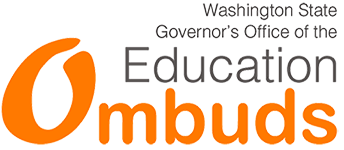What are Accommodations and Modifications?
Accommodations are different than modifications. While the Individuals with Disabilities Education Act (IDEA) and its regulations do not define accommodations or modifications, there is some general agreement as to what each is, as well as the difference(s) between the two:
Accommodations are provided when the student is expected to reach the same level of proficiency as their non-disabled peers. An accommodation allows a student to complete the same assignment or test as other students, but with a change in the timing, formatting, setting, scheduling, response and/or in any significant way what the test or assignment measures. Examples of accommodations include a student who is blind taking a Braille version of a test or a student taking a test alone in a quiet room.
Examples of accommodations include a student who is blind taking a Braille version of a test or a student taking a test alone in a quiet room.
Modifications are provided when the student is NOT expected to reach the same level of proficiency as their non-disabled peers. A modification is an adjustment to an assignment or a test that changes the standard or what the test or assignment is supposed to measure. Examples of modifications include a student completing work on part of a standard or a student completing an alternate assignment that is more easily achievable than the standard assignment.
Examples of modifications include a student completing work on part of a standard or a student completing an alternate assignment that is more easily achievable than the standard assignment.
